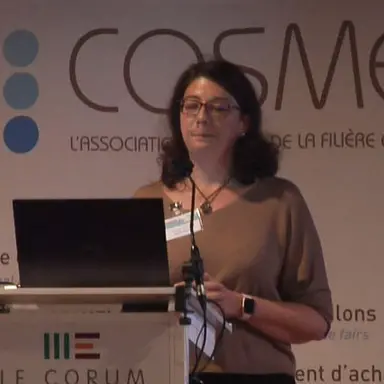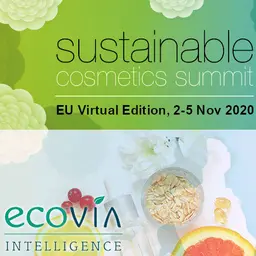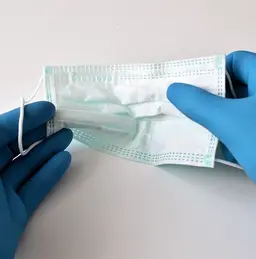
The development of eco-designed ingredients often involves many challenges. One of them is to succeed in combining innovation in extraction processes and environmental impact. During the JEST (Scientific and Technical Exchange Day) organised by Cosmed on 24 September 2021, Frédérique Portolan, from Natur’Insight, recalled the basics of eco-design and detailed the processes that can be used to better manage the environmental impacts generated by the manufacturing processes of ingredients.
According to the French ADEME (Ecological Transition Agency), eco-responsibility refers to all the daily actions implemented by a group to limit its impact on the environment.
“Initially considered as a trend or a marketing argument, eco-responsibility has gone from a ‘Nice-to-Have’ to a ‘Must-Have’. It is a way for companies to meet the expectations of consumers who are increasingly aware and informed about the environmental impacts of the products they buy. To meet customer expectations, but also in the face of pressure from various laws, whether national, European or global, cosmetics companies have no choice but to engage in their ecological transition and choose more responsible alternatives to design their ingredients,” commented Frédérique Portolan.
Environmental impacts and eco-design
An environmental impact is defined as any qualitative, quantitative or functional change to the environment caused by a project or product, from its design to its end of life.
Thus, environmental impacts include:
• Any change in the quality of the natural environment
• Risks to human health
• Depletion of natural resources
• Climate change
• Air pollution
• Water consumption…
The different definitions of ecodesign
Over the years, various definitions have been developed:
• AFNOR ISO 14062: Ecodesign consists of …













